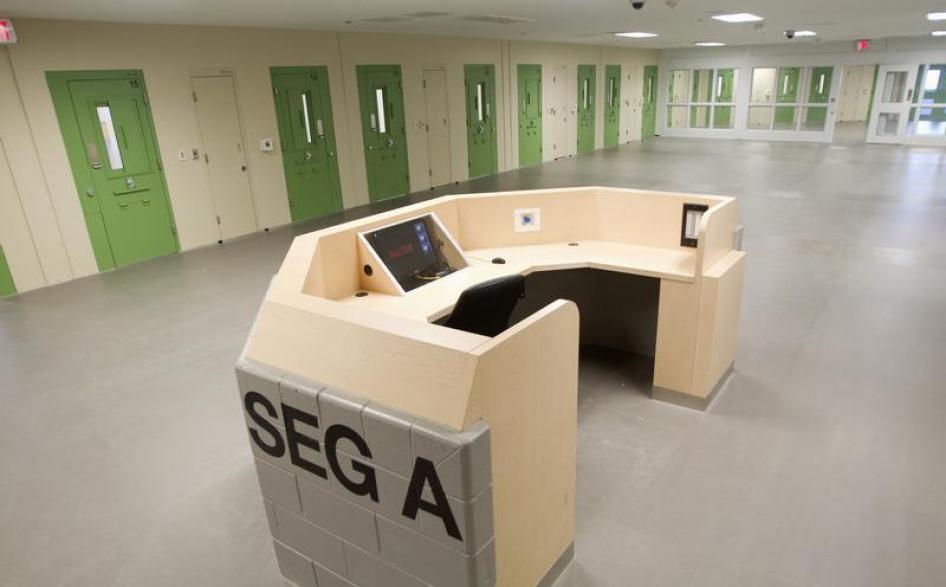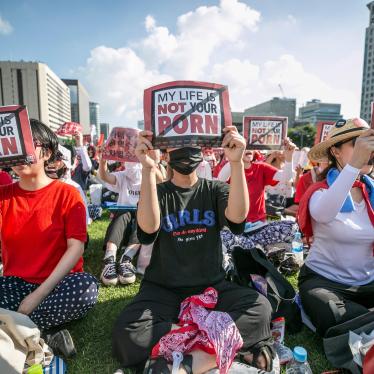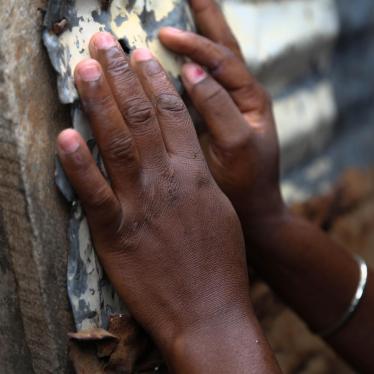By Farida Deif, Canada Director @FaridaDeif
Twenty-three hours a day for 1,500 days. That’s how long Adam Capay, a 23-year-old indigenous man, had been held in solitary confinement, bringing Canada’s abusive practice of isolating prisoners for prolonged periods of time into the spotlight again.
A recent visit by the Ontario Human Rights Commission to a provincial jail in northwestern Ontario revealed that Capay has spent four years confined to a basement cell, alone under the glare of 24-hour artificial light.
The length and conditions of this young man’s confinement are abhorrent. Indefinite solitary confinement is cruel, inhuman and degrading treatment and can even amount to torture under international law.
What is puzzling though is why, despite a public inquest, a Commission of Inquiry, and demands for accountability following suicides in solitary cells, has nothing changed? How have successive governments squared this inherently cruel and inhuman treatment of prisoners with their professed respect for basic human rights?
Canadian law limits solitary confinement to 30 days when it is used as a form of punishment for disciplinary infractions, but imposes no such limits for so-called “administrative segregation.” The difference is that administrative segregation is used in cases where prison authorities deem it necessary to ensure “the safe management of the federal correctional system.” But indefinite solitary confinement is not made any more or less abhorrent depending on the categories of prisoners made to suffer it. Canada should find other, non-abusive ways to handle prisoners who cannot safely be housed as part of the general population.
The United Nations’ “Mandela Rules,” which provide authoritative guidance on good detention practices, set a 15-day maximum on confinement in isolation for any reason. They define solitary confinement as isolation “for 22 hours or more a day without meaningful human contact.” The reasons why prison officials place an inmate in isolation are immaterial and should never be used as an excuse for prolonged and/or indefinite solitary confinement.
Canadian and provincial directives on administrative segregation set no upper time limit, regulating only that a review of a prisoner’s segregation should take place at regular intervals. This is precisely why Adam Capay and hundreds of other inmates (including those who have mental health conditions) continue to languish in solitary cells every year.
While Canada’s correctional authorities quibble over semantics, the misery and suffering inflicted from prolonged solitary confinement persists. It’s time for the Canadian federal government and all provincial governments to finally take decisive action to end this abusive practice.










